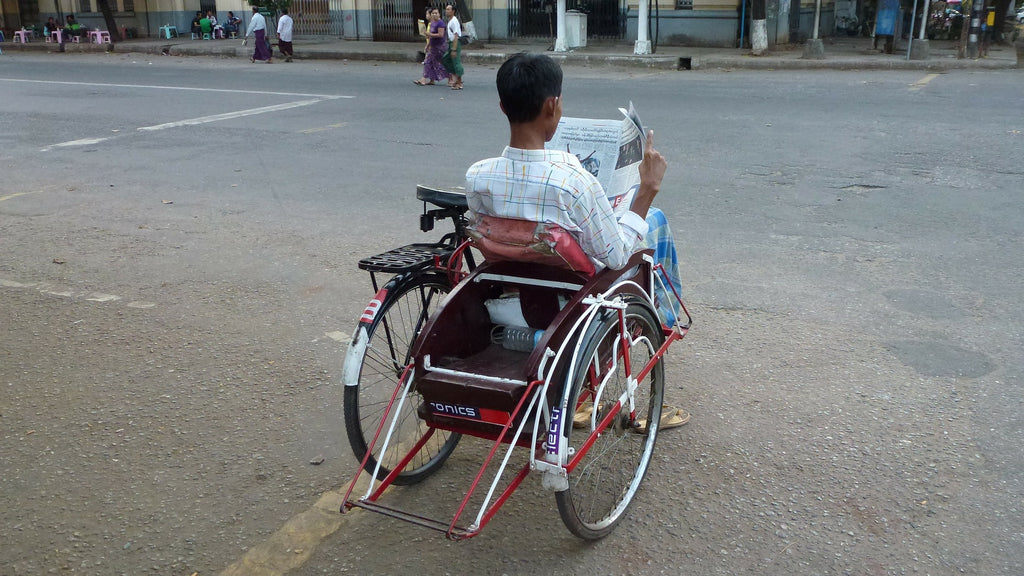How easy is it for you to access the assistive technology you need in your local community or in the e-commerce world? Geographical location, technology access, and financial means are all major factors in determining access to assistive technology for people with disabilities. Some people live far from retailers, do not have access to the Internet to explore and purchase devices, or cannot afford the technology. These factors and more prevent millions of people around the world from using the assistive technology that leads to a happier, more independent life.
Following the model of their list of essential medicine, WHO created a list of 50 types assistive technologies that should be prioritized for increase global access, which include wheelchairs, hearing aids, communication aids, screen readers, artificial limbs, and more. Now that the Convention on the Rights of Persons with Disabilities has recognized access to assistive technology as a human right, and there is more attention than ever on the innovations in technology, the time for increasing global access is now.
By the Numbers

The current numbers have exposed a critical lack of access to assistive technologies in most parts of the world. The World Health Organization (WHO) estimates that 70 million people have mobility impairments which require a wheelchair, 285 million people have a visual impairment, and 360 million people have moderate to severe hearing loss worldwide. In total, more than 1 billion people require one or more assistive devices to perform daily tasks and communicate, and the number is expected to rise due to an aging global population and a rise in noncommunicable diseases. Therefore, the combination of unfavorable statistics and increasing population of people with disabilities means its time we put access to assistive technology at the top of our agenda for equal rights for people with disabilities.

The global elderly and disabled assistive devices market was valued at $14 billion in 2015 and is expected to reach just over $26 billion by 2024. It is a sizable market with a diverse set of needs as more and more people with disabilities are finding tools that give them a stronger sense of dignity and independence. The more people with access to both basic and new technologies will, in turn, have better access to education, income, and more participation in society.


1 comment
Aug 29, 2018 • Posted by GABRIEL
it will be good to be sent updates
I work in disability
Leave a comment: